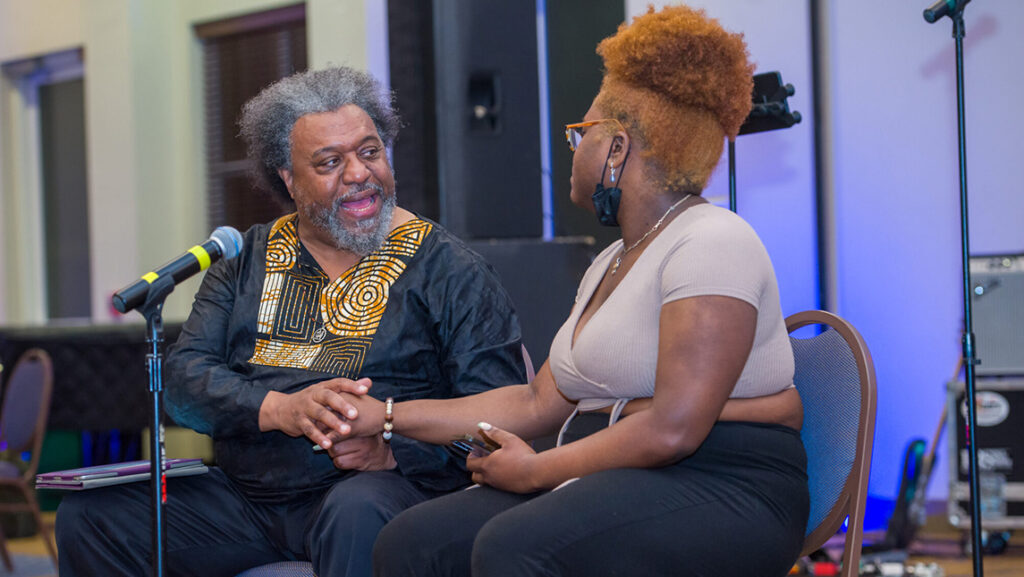UNC Greensboro’s Dr. Aaron Beveridge is using home-brewed software to better understand how social media influences the media and popular opinion.
The project sparked a few years ago, while Beveridge was in graduate school, when he watched “Tonight Show” host Jimmy Fallon make a claim without any discernible evidence.
“He said something like, ‘We just caused this to trend worldwide,’” Beveridge recalls. The assistant professor, who focuses on digital rhetoric, was skeptical. “Is that true? Can I question that? Because to say that something trends worldwide would be such a cultural phenomenon and so powerful – to make that claim without giving data is an unfair thing to do.”
The notion that a particular idea is “trending” – in recent years, based on lists of trending items that show up in social media networks and online platforms – is used for more than just late-night laughs. Journalists cite the idea that something is trending in news stories to explain why it might be important. Politicians tout trends as social proof to buttress their positions.
Beveridge wanted to know what it really means when we say something is trending and what that might tell us – or not tell us – about how widespread an idea is.
But there were some roadblocks.
The sources of online trend data, social networks like Twitter and search engines like Google, produce far more information than a single professor like Beveridge – or even a whole building of professors – could realistically expect to digest just by clicking refresh in a web browser. Social media companies sell access to their aggregated data, but it’s expensive.
Beveridge, though, turned this problem into an opportunity. Working with a technically savvy collaborator, he helped produce free software that can be used to vacuum up data from Twitter, Google, Tumblr, and other sites. The software, MassMine, was developed with funding from the National Endowment for the Humanities.
It’s been invaluable to his research since graduate school.
“What I’m interested in, broadly, are the ways in which social networks are a macroscopic form of persuasion,” he says. Seeing something as a trend, he explains, creates authority behind it. Calling something a trend could even contribute to it trending.
Beveridge is now conducting a study on news articles that use tweets as evidence that a particular topic or idea is “trending.” He’s compiling data from Twitter to see if those topics are, in fact, a major part of online conversations.
“We’re going to show how often tweets become the implied evidence for a trend or a public opinion when it’s actually not a significant public opinion from a data standpoint,” he says. “Or maybe it is. We’re going to let the data speak.”
This post originally appeared in UNCG Research Magazine as part of a larger story on big data. To read more and to view additional images, visit researchmagazine.uncg.edu.
Story by Mark Tosczak
Photography by University Communications



